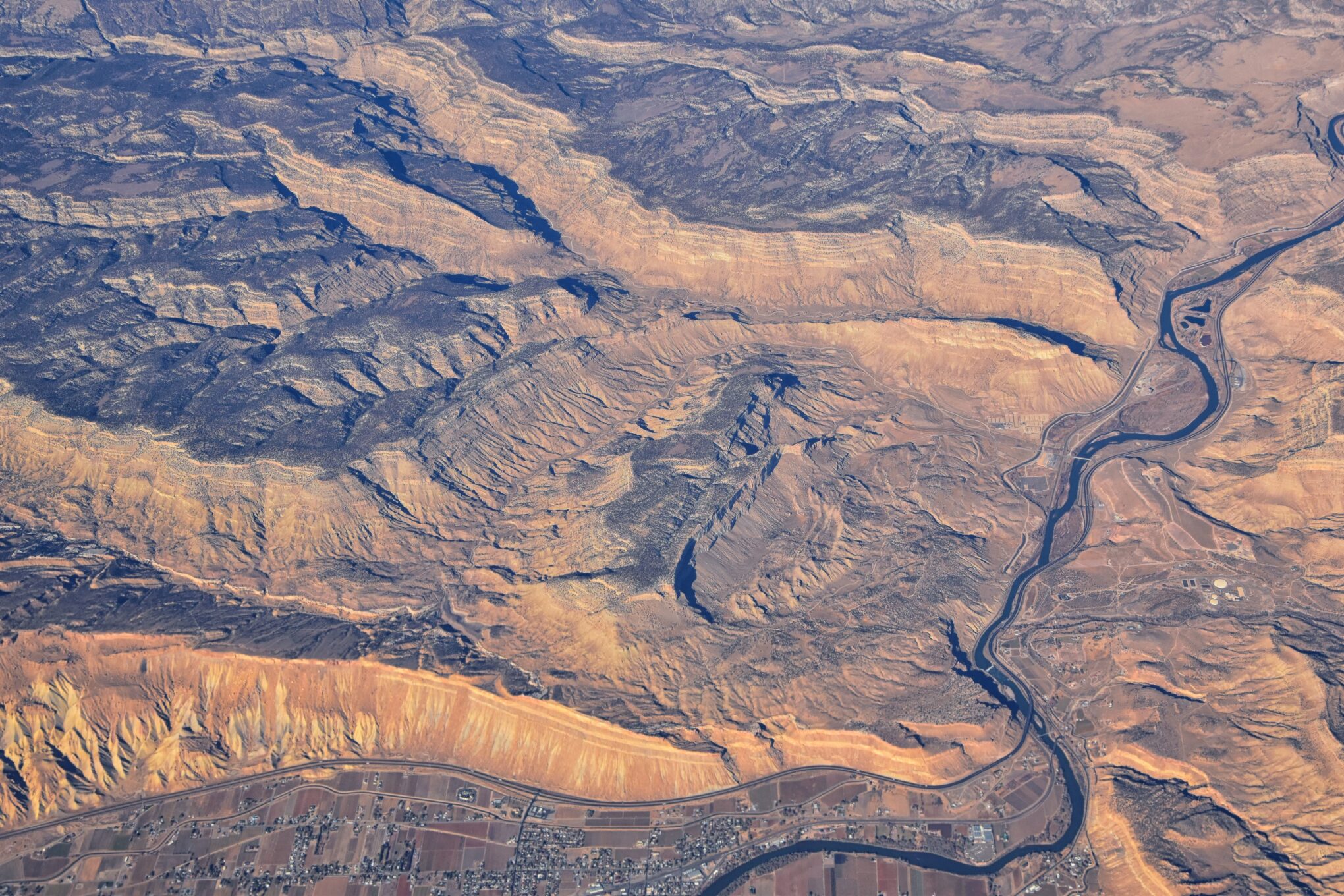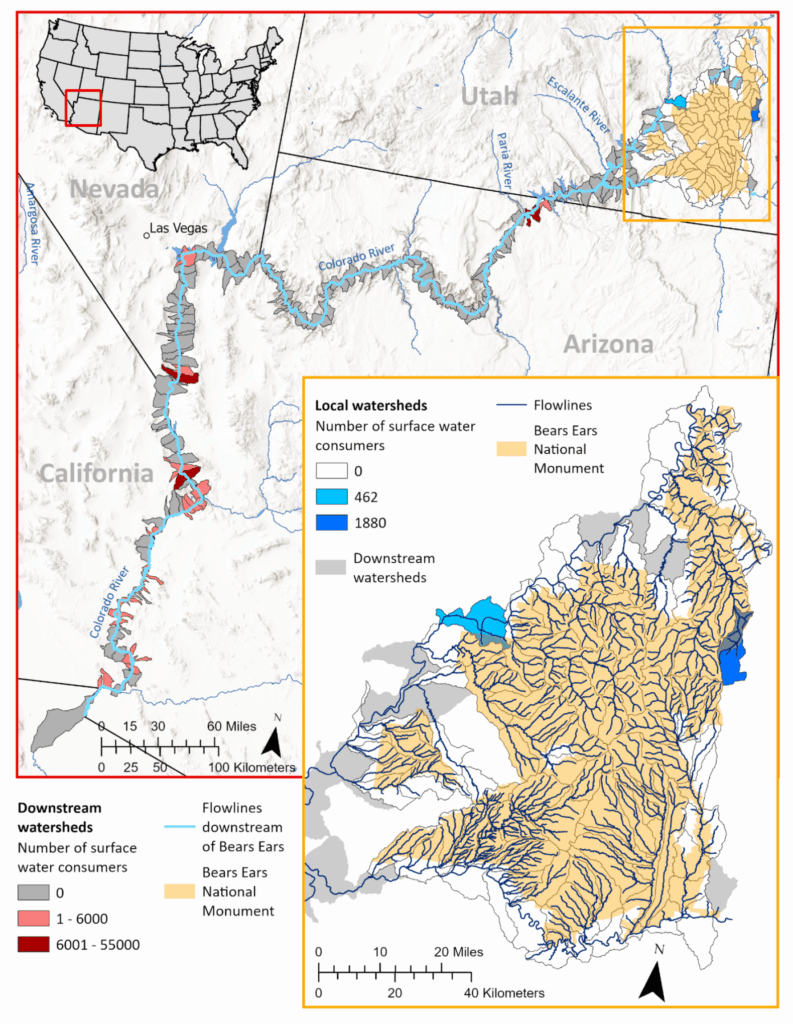
Political efforts to dismantle longstanding protections for America’s most iconic public lands threaten more than just natural beauty and biodiversity. These actions may jeopardize critical but often underappreciated ecosystem services afforded by protected lands, including providing clean drinking water. A new analysis and report by CSP staff showed that national monuments play an important role in protecting America’s freshwater resources. The influence of these protected areas extends well beyond their boundaries, safeguarding water supplies for millions of Americans while serving as critical buffers against climate change, development pressure, and environmental injustice.
The results of this project, as presented in the report and accompanying maps and datasets, aim to harness the unifying power of water—an issue that transcends political ideology—to build durable public and political support for resisting current threats to our national monuments and expanding protections in the future

Maps showing the local and downstream influence of Bears Ears National Monument (gold polygons). The number of surface water users estimated in the Forests to Faucets dataset is displayed for local watersheds (inset map) and for all hydrologically connected downstream watersheds.

